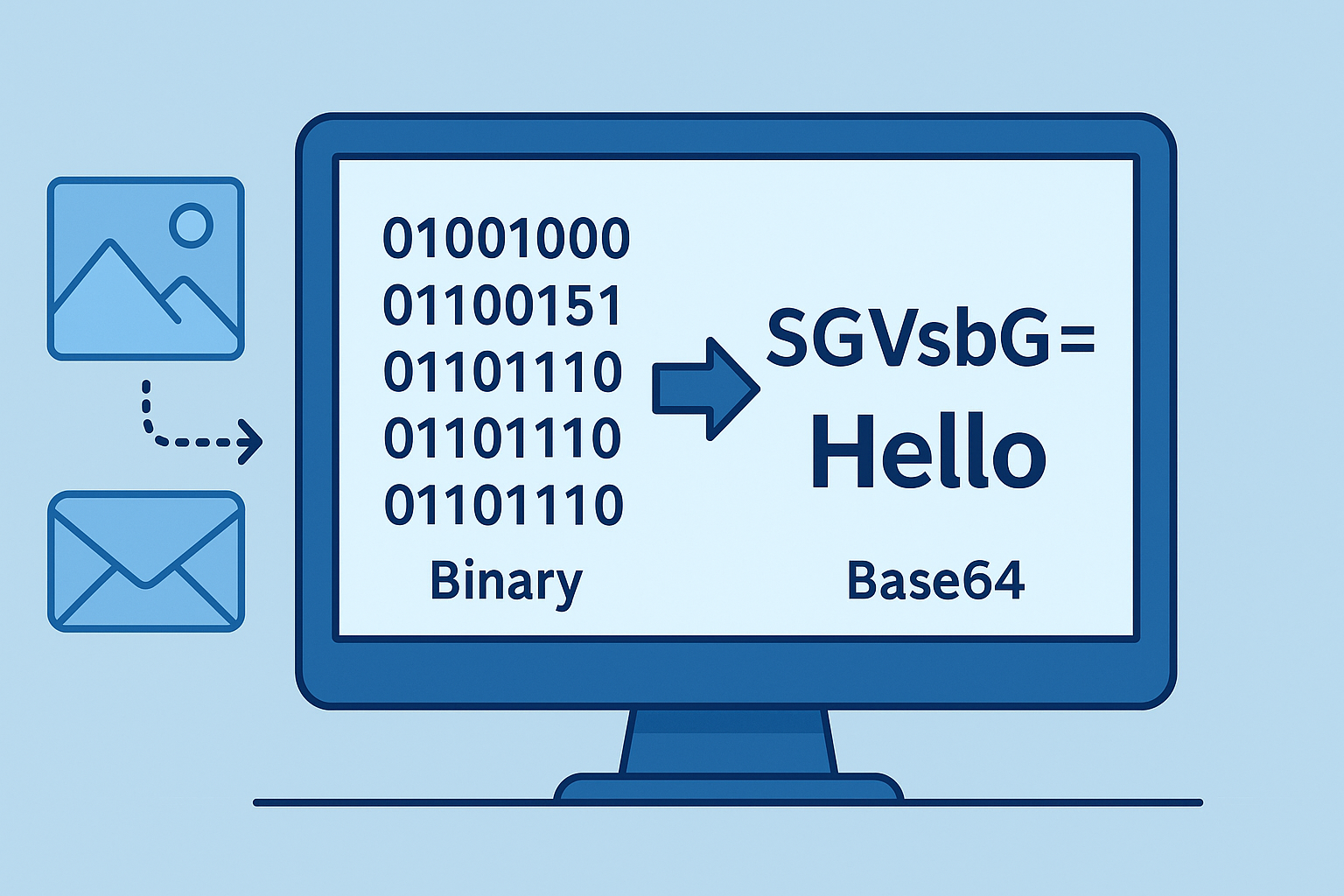
27
How to Decode Base64 Text and Images Online (Step-by-Step Guide)
Base64 encoding is widely used to represent data in a text-friendly format—especially in emails, images, and web applications. In this guide, we’ll explain what Base64 is, why it matters, and how you can easily encode and decode Base64 online with free tools.
Introduction: What Is Base64?
Base64 is a way to convert binary data (like images, files, or code) into plain text characters. This makes it safe to transmit through systems that only accept text, such as:
- Emails (attachments encoded in Base64)
- Web applications (embedding images in HTML/CSS)
- APIs (sending binary safely)
Why Base64 Encoding Exists
- Computers store files as binary (0s and 1s).
- Some systems can’t handle raw binary.
- Base64 converts it into ASCII text that can be transmitted safely.
Example:
- Text: Hello
- Base64: SGVsbG8=
Common Uses of Base64
- Embedding images in HTML/CSS
<img src="data:image/png;base64,iVBORw0KGgoAAAANS...">
- Email attachments (MIME format).
- Data transfer in APIs.
- Obfuscation (hiding text for lightweight security).
How to Decode Base64 Online
Method 1: Using Recipeace Tools (Beginner-Friendly )
- Open Base64 to Text Tool
. - Paste your Base64 string.
- Click Decode → Instantly see the result.
For the reverse:
- Use Text to Base64 Tool to encode.
Method 2: Programming
In Python
import base64
data = "SGVsbG8="
decoded = base64.b64decode(data).decode('utf-8')
print(decoded) # Hello
In JavaScript
let data = "SGVsbG8="; let decoded = atob(data); console.log(decoded); // Hello
Base64 Pros & Cons
Advantages:
- Works in systems that don’t support binary.
- Easy to encode/decode.
- Compatible across platforms.
Disadvantages:
- Increases file size by ~33%.
- Not encryption (not secure for sensitive data).
Security Note
Base64 is not encryption. Anyone can decode it. If you need security, use:
- AES, SHA, or bcrypt hashing for passwords.
- SSL/TLS for secure transmission.
FAQs
Q: Can Base64 be hacked?
A: It’s not hacking—Base64 is reversible. Never use it for security.
Q: Why is Base64 bigger than the original file?
A: Because binary → text adds overhead (~33% increase).
Q: When should I NOT use Base64?
A: For large images/files. Use direct file serving instead.
Conclusion
Base64 is a practical encoding method that ensures safe text-based transmission of binary data. Whether you’re working with emails, APIs, or HTML images, knowing how to encode and decode Base64 online is essential.
Try the free Base64 Encoder and Decoder Tools
on Recipeace now!
Contact
Missing something?
Feel free to request missing tools or give some feedback using our contact form.
Contact Us